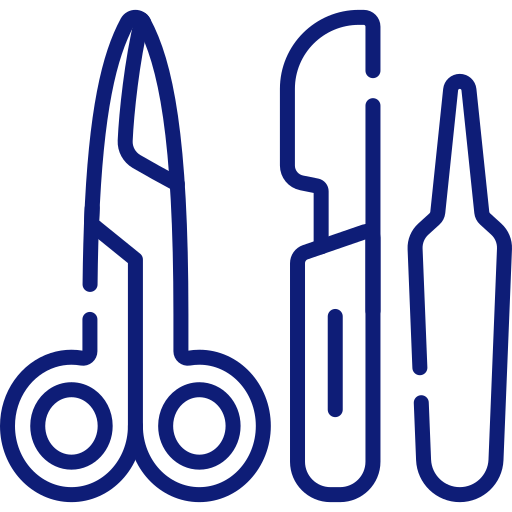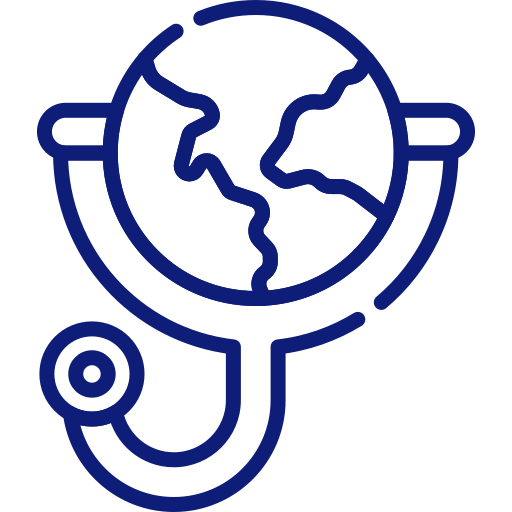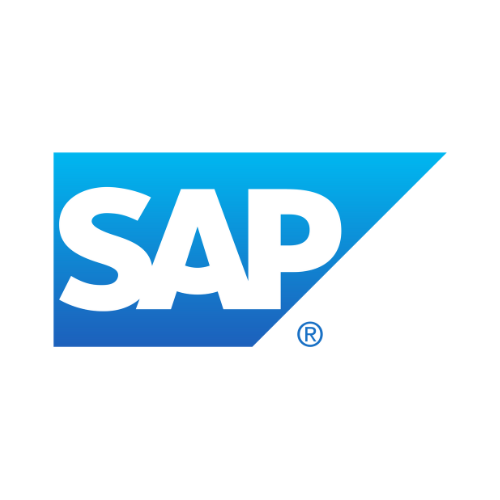April 23, 2024
Blog
When it comes to patient care, medical device labeling matters
Warren Lesack
Senior Account Executive, Life Sciences
Share
Precision is paramount in healthcare, where one incorrect piece of data, misdiagnosis, or misinterpretation may have profound consequences for the patient. Medical devices can be complex, but clear and accurate labeling ensures that the right information, directions, warnings, and risks are available to the healthcare professionals who use them.
These assurances translate into better patient care and provide confidence that the right devices are always used. Reliable labeling also helps employees properly rotate stock, watch expiration dates, and keep inventory organized.
Unlocking optimal outcomes
Of course, labels extend beyond doctors’ diagnoses and nurses’ care. They’re also applied to the tools and devices that patients themselves use. Blood glucose monitors, blood pressure monitors, nebulizers, and Continuous Positive Airway Pressure (CPAP) machines are just some of the devices that patients use at home.
When labeling packaging and IFUs (Instructions For Use) include clear, concise instructions, patients can use the devices effectively and safely. These patients become active participants in their own care. Labels play a vital role in helping those individuals “connect the dots” between the physical devices and proper usage of those tools.
“Medical device labels serve as guardians of safety, offering essential instructions for proper device usage. From dosage guidelines to storage instructions, these labels provide users with crucial information to mitigate risks and ensure optimal outcomes,” one medical device engineer writes.
Accurate information matters
In the U.S., the Fair Packaging and Labeling Act (FPLA) and the Federal Food, Drug, and Cosmetic Act (FFD & C Act) govern medical device labeling. Manufacturers must comply with the US Code of Federal Regulations (CFR) labeling requirements, which state that manufacturer details, device purpose, instructions for use, and Unique Device Identifications (UDIs) must be printed on the labels.
Similar requirements are in place in Europe, where compliance with the European Medical Devices Regulation (EU MDR) is mandatory for any company that sells medical devices.
According to the FDA, medical device manufacturers selling in the USA also need labeling-related Quality Assurance (QA) programs to meet Good Manufacturing Practice (GMP) requirements. For example, the QA program must ensure that labeling meets the GMP device master record requirements with respect to legibility and adhesion, and also ensure that labeling operations are controlled so that correct labeling is always issued and used.
These labeling requirements apply to equipment, control, and package labels; directions for use; maintenance manuals; and the displays on Case Report Tabulations (CRT) and other electronic message panels (if instructions, prompts, cautions, and parameter identification information are not provided).
Labeling-related recalls
With many FDA recalls traced back to labeling problems, medical device manufacturers can significantly reduce risk by using cloud-based labeling systems that rely on a master system of record. Unfortunately, many of these companies rely on disparate, disconnected systems — an ERP here, a PLM there plus multiple other databases — to develop, review, approve, and print their labels.
“Someone then has to cobble all of the information together and determine which pieces of information go on which labels,” says Warren Lesack, Senior Account Executive, Life Sciences, at Loftware. “The manual actions required in legacy systems and processes introduce significant data integrity challenges which, in turn, impacts patient safety. I've never met someone who wants an expired medical device implanted, have you?”
For many companies, these “errors” may not necessarily turn into potentially life-threatening problems for end users. Medical device manufacturers, however, have an added responsibility to the doctors, caregivers, and patients that they serve, knowing that improper labeling or usage can impact someone’s life.
Cloud is a foundation for clear, accurate labeling
A cloud-based labeling solution that integrates directly with ERPs, such as SAP and Oracle for example, also helps manufacturers get to market faster. By leveraging master data that resides in enterprise applications, labeling teams can minimize or eliminate manual data entry that is error-prone and time-consuming. This alone not only reduces the risk of mislabeling but also improves time-to-market by removing antiquated manual processes.
Cloud labeling also helps any life sciences company that has gone through numerous mergers and acquisitions get everyone on the same page. Even if those merged companies are using their own ERPs and other core systems, for example, cloud deployment enables quick onboarding of those new entities.
“That speed translates directly into faster time-to-market in the competitive life sciences field,” Lesack points out. “This, in turn helps companies get product into doctors’ and patients’ hands faster while also speeding up sales, invoicing, and receivables.” Those “wins” can be significant in the medical device manufacturing field, where whittling down a 30-day gap can translate into serious savings and gains well into the millions of dollars.
“These are not small potatoes,” says Lesack, who encourages life sciences manufacturers to assess their current labeling and artwork management systems and processes. A move to the Cloud delivers significant value to stakeholders throughout large manufacturers and affords them the ability to enact change swiftly and efficiently.
“Doing things the way you’ve always done, doesn’t work anymore,” he concludes, “and particularly for companies that put the patient first in the device labeling process.”
Where can I find out more information?
To learn more about how to support your supply chain and become more patient-centric with the benefits of a cloud-based solution for Enterprise Labeling and Artwork Management, visit our dedicated medical device industry page.







